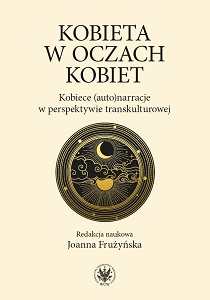
Long Live the Goddess! Mythological Anthropology of Femininity Exempliied in the Novel “Anna In w grobowcach świata” by Olga Tokarczuk
NIECH ŻYJE BOGINI! MITOLOGICZNA ANTROPOLOGIA KOBIECOŚCI NA PRZYKŁADZIE POWIEŚCI OLGI TOKARCZUK ANNA IN W GROBOWCACH ŚWIATA
Keywords: Olga Tokarczuk; myth; femininity; Goddess; anthropology
The author of the article refers to the tools of mythographical criticism and hermeneutics to show the evolution of the Goddess/ Mother/ Eternal Woman and to present how literary enlightenment of myths in a novel by Olga Tokarczuk is used in political discussions. The writer reinterprets the myth about Inann, incorporating feminist discourse on the originality of matriarchy into the novel, creating the main heroine as the figure of the Goddess, suppressed by the masculine God in the history of civilisation. Mythical anthropology of femininity uncovered by Tokarczuk through literary excavations is aimed at searching for the sources of feminine subjectivity in the oldest cultural texts and their modern interpretations (Bachofen, Graves, Gimbutas).
More...
